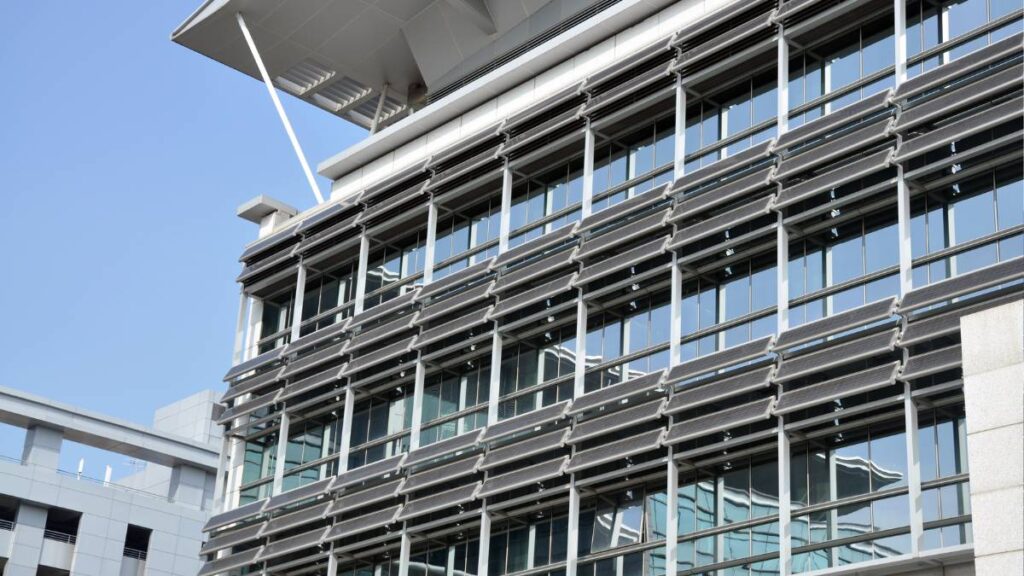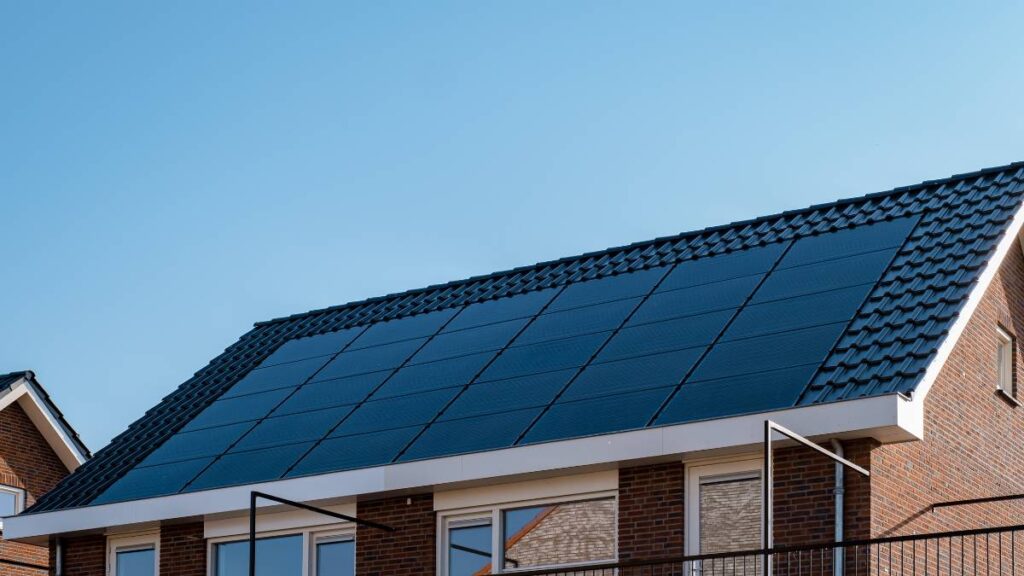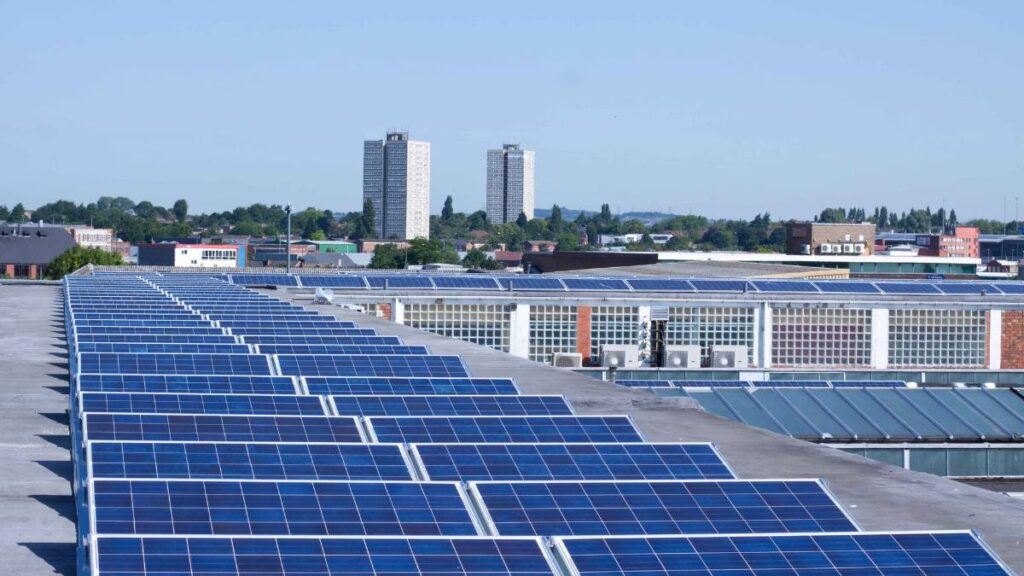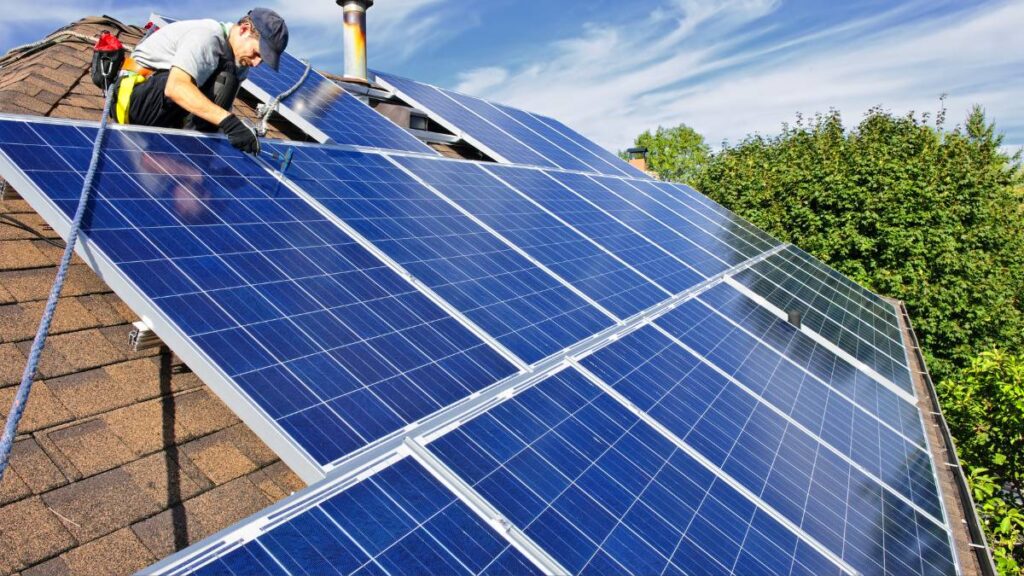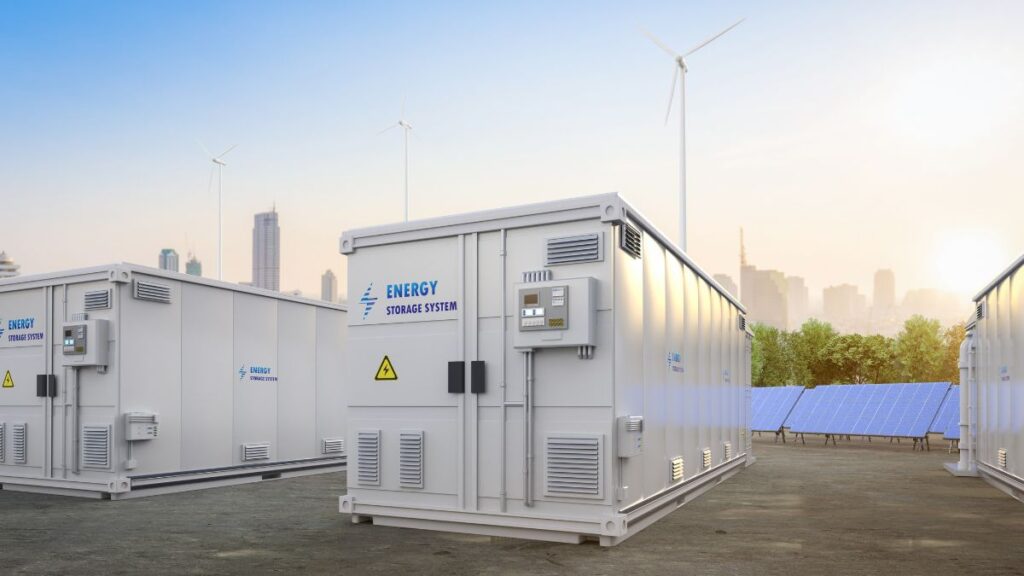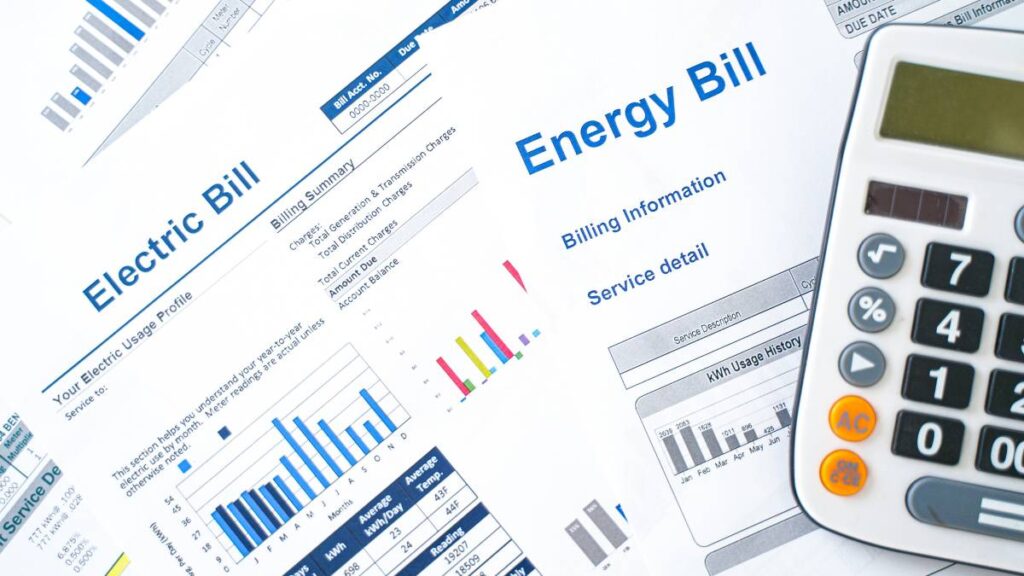Building-integrated photovoltaics (BIPV) represents a transformative approach to solar energy, blending the functional and aesthetic aspects of buildings with the generation of clean power. This innovative technology integrates photovoltaic elements directly into building materials, such as roofs, facades, and windows, turning structures into sustainable energy producers. This article delves into the concept of BIPV, its benefits, challenges, and the potential it holds for urban energy solutions.
The Essence of BIPV
Unlike traditional solar panels mounted on existing structures, BIPV components are integral to a building’s design, serving dual purposes as construction materials and solar energy generators. BIPV systems can include solar panels that replace conventional roofing tiles, glass facades that generate electricity, or even semi-transparent solar windows.
Advantages of BIPV
- Aesthetic Integration: BIPV offers architects and designers the freedom to incorporate solar energy solutions without compromising the building’s appearance, allowing for seamless and attractive designs.
- Space Efficiency: By integrating photovoltaic technology into building surfaces, BIPV maximizes the use of available space, a crucial benefit in urban environments where space is at a premium.
- Energy Efficiency: BIPV systems contribute to the building’s energy needs, reducing reliance on external power sources and lowering electricity bills.
- Sustainability: BIPV enhances the environmental credentials of buildings by reducing carbon footprints and supporting sustainable development goals.
Technological Innovations in BIPV
Technological advancements in BIPV are making it more efficient, versatile, and accessible. Innovations include:
- High-Efficiency Solar Cells: Development of more efficient solar cells increases the power output of BIPV systems, making them a more viable option for energy generation.
- Advanced Materials: Research into new materials, such as organic photovoltaic cells (OPVs) and perovskites, offers potential for lighter, more flexible, and aesthetically pleasing BIPV solutions.
- Smart Glass Technology: Integration of smart glass with photovoltaic capabilities allows for dynamic control of light and heat entering the building, enhancing energy savings and occupant comfort.
Challenges in Implementing BIPV
- Cost Considerations: The initial cost of BIPV systems can be higher than traditional building materials and standalone PV installations, although this is offset over time through energy savings.
- Technical Complexity: Designing and installing BIPV systems require specialized knowledge to ensure they are both structurally sound and effective in energy generation.
- Regulatory and Market Barriers: Widespread adoption of BIPV faces challenges such as building codes, market acceptance, and the availability of skilled installers and designers.
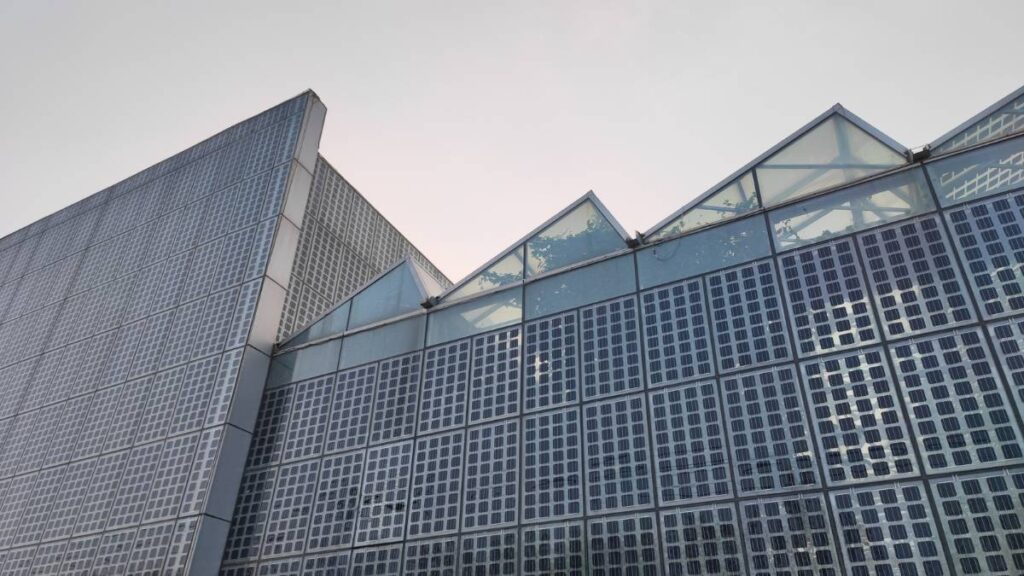
The Future of BIPV
The trajectory for BIPV is promising, with potential for significant growth as technologies advance and become more cost-effective. Urban planning increasingly incorporates BIPV in the quest for sustainable and self-sufficient buildings. Future developments may see BIPV becoming standard in new constructions, contributing substantially to the urban energy mix and helping cities move towards net-zero emissions goals.
Development of Aesthetically Pleasing and Customizable BIPV Materials
The future of BIPV technology is bright, with significant advancements focusing on enhancing the aesthetic appeal and customization of BIPV materials. Manufacturers are increasingly developing BIPV solutions that can be tailored to meet specific architectural designs and preferences. This includes a variety of colors, textures, and shapes that seamlessly integrate with the building’s exterior, making solar power generation a visually appealing aspect of modern architecture.
Research on Improving Efficiency and Affordability
Continuous research is aimed at improving the efficiency and reducing the costs of BIPV systems. Efforts are underway to enhance the energy conversion rates of BIPV materials, ensuring that even small surface areas can generate substantial amounts of electricity. Additionally, advancements in manufacturing processes and material science are expected to reduce the production costs of BIPV components, making them more competitive with traditional building materials and standalone photovoltaic systems.
Integration with Smart Building Technologies
The integration of BIPV with smart building technologies represents a significant trend in the evolution of BIPV systems. By incorporating advanced sensors, IoT connectivity, and energy management software, BIPV systems can become an integral part of a building’s intelligent energy network. This synergy allows for real-time monitoring and optimization of energy production and usage, enhancing the overall efficiency and sustainability of buildings.
Conclusion
Building-integrated photovoltaics are at the cutting edge of solar technology and architectural design, offering a harmonious solution to energy generation and building aesthetics. As the technology matures and overcomes current challenges, BIPV is set to become a cornerstone of modern, sustainable urban development, illuminating the path to a greener future.

